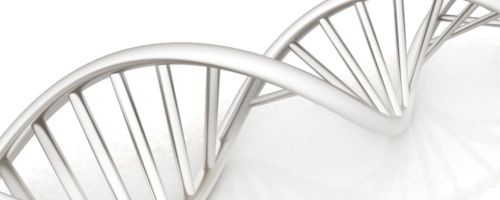AI and Machine Learning: Transforming the Future of Life Sciences.

In the past, breakthroughs in life sciences were often measured in decades. Today, thanks to Artificial Intelligence (AI) and Machine Learning (ML), we’re seeing them in months. For biotechnology companies, the pace of innovation isn’t just quickening — it’s accelerating exponentially.
The reason is simple: biotech has the data, AI has the power to decode it. From massive genomic datasets to clinical trial records and high-throughput lab results, there’s now more biological data than any human team could analyse in a lifetime. AI can — and it’s already changing how discoveries are made, drugs are developed, and patients are treated.
Here are three trends reshaping the landscape right now:
Discovery without limits.
Biotech research used to involve testing one hypothesis at a time. Now, ML models can run millions of simulations in silico before a single experiment is done in the lab. This speeds up early-stage discovery, reduces costs, and identifies promising drug candidates faster than traditional methods ever could.
Case in point: AI-driven protein-folding predictions have unlocked structural insights that once took years to achieve, opening doors to new therapeutic targets.
Precision medicine, realised.
The dream of personalising treatment to each patient’s biology is no longer futuristic — it’s happening. AI tools can sift through genomic data, biomarkers, and even patient lifestyle information to predict who will respond to which therapy. In oncology and rare disease research, this precision is driving higher success rates and better outcomes.
For hiring managers, this means a new breed of talent is in demand — professionals fluent in both biology and advanced analytics. These individuals are rare, and securing them early can define your competitive edge.
Closed-loop innovation.
Some biotech companies are now running AI-powered “design → test → learn” cycles that compress what used to take months into days. Algorithms design molecules, automated labs synthesise and test them, and the results feed directly back into the models. This closed loop not only accelerates timelines but also learns and improves with every iteration.
For AI and data science professionals, these environments offer the chance to work at the cutting edge of computational biology and automation — where ideas become experiments almost instantly.
The bottom line.
AI and ML aren’t add-ons or side projects anymore; they’re becoming the engine of progress in life sciences. For biotech leaders, the challenge is integrating these capabilities into core workflows. For candidates, it’s about building skills that bridge computational and biological domains.
The companies that align their people, data, and technology today will be tomorrow’s market leaders. The question is: will you be one of them?
In summary.
If this future excites you, now is the time to act. Whether you’re a biotech leader looking to embed AI into your core operations or a skilled professional ready to join the forefront of computational biology, the next breakthrough could start with the right conversation. Contact Jack Wilson today to explore how you can turn cutting-edge potential into measurable impact — before your competitors do.





Leave a Reply